PhonePe to more than double employee count to 5,400 by December 2022
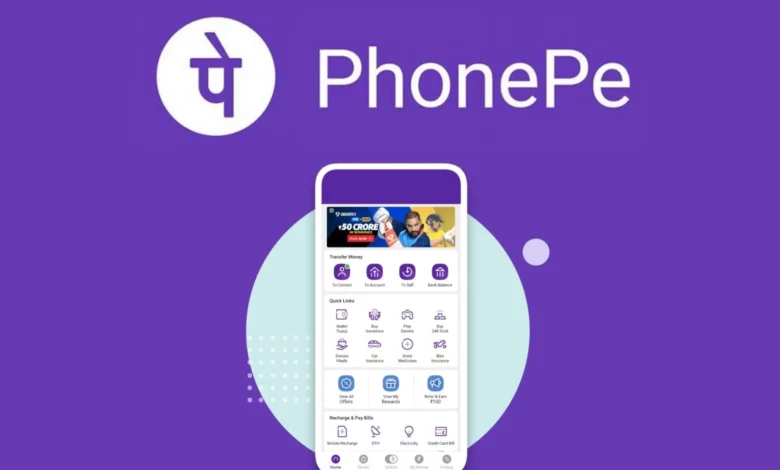
PhonePe to more than double employee count to 5,400 by December 2022
PhonePe, a digital payments platform, announced on Tuesday that it plans to more than double its total employee strength to 5,400 by the end of December 2022, up from its current 2,600.
“The company plans to fill roughly 2,800 open job roles throughout Bengaluru, Pune, Mumbai, Delhi, and the rest of the country in the next 12 months,” Phonepe stated, adding that hiring will be at all levels and functions for engineering, product, analytics, business development, and sales teams.
The company also claims to have reduced attrition rates since it provides a salary package higher than the market standard and allows all employees to build wealth through ESOPs (Employee Stock Ownership Plans).
“We’re creating a long-term, sustainable organisation based on technology that unlocks value for everyone. We’re happy that PhonePe has become the employer of choice for clever, ambitious people who want to make a big difference. The company provides employees with the opportunity to learn and grow by allowing them to work on some of the industry’s most difficult problems, “Manmeet Sandhu, the HR director at Phonepe, said.
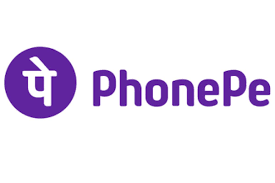
PhonePe
PhonePe is a financial technology and digital payments startup based in Bengaluru, Karnataka, India. Sameer Nigam, Rahul Chari, and Burzin Engineer started in December 2015. In August 2016, the PhonePe app, which is based on the Unified Payments Interface (UPI), went online. Flipkart, a Walmart subsidiary, owns the company.
In India, the PhonePe app is accessible in 11 languages. Users may use it to send and receive money, recharge mobile phones, DTH, and data cards, pay bills, buy insurance, mutual funds, gold, and silver, and invest in tax-saving funds and liquid funds. In addition, PhonePe’s Switch platform allows users to book Ola rides, pay for Redbus tickets, and book flights and hotels on Goibibo.
Over 2.5 crore offline and online commerce outlets in 15,700 cities and villages use PhonePe as a payment method. In June 2018, the app surpassed 10 million users, and in December 2019, it surpassed 500 million transactions. It has around 35 million registered users and over 15 million monthly active users.
The Reserve Bank of India has granted the app permission to issue and operate a semi-closed prepaid payment system, with Authorisation Number: 75/2014 dated August 22, 2014.
History
In December of 2015, PhonePe became a legal entity. Flipkart purchased the company in April 2016. The FxMart licence was passed to PhonePe as part of the Flipkart acquisition, and it was renamed as the PhonePe wallet. Sameer Nigam, the founder of PhonePe, has been named the company’s CEO.
The startup teamed up with Yes Bank in August 2016 to build a UPI-based mobile payment app based on the government-backed UPI infrastructure.
Over one crore users downloaded the app within three months of its introduction. It was also the first Indian payment app to receive a 5 crore badge on the Google Play Store in 2018. In August 2017, the PhonePe app surpassed BHIM as the market leader in UPI transactions.
Partnerships and innovation
Merchants can take payments through all UPI-based apps, debit and credit cards, and wallets (including third-party wallets).
2017
PhonePe announced a low-cost POS equipment made in India in October. The Bluetooth POS device resembles a calculator and is powered by AA batteries. The hardware connects through Bluetooth and allows payments to be made on any mobile device that can access the app.
2018
In January 2018, PhonePe joined with Freecharge. PhonePe users were able to link their existing Freecharge wallets to the PhonePe app due to this agreement. It has also partnered with Jio Money and Airtel Money in similar ways.
RedBus, Ola, eat.fit, Goibibo, Swiggy, and over 300 more consumer businesses have worked with PhonePe to integrate their current PWAs (progressive web apps) or mobile sites to its Switch platform. These collaborations allow businesses of all sizes to create and deploy apps on PhonePe Switch, providing consumers with a single login and payment experience.
2019
PhonePe created tax-saving funds to assist clients in lowering their tax bills by investing in equity-linked savings plans. It was also the first payment app to allow clients to bid on Initial Public Offerings using the UPI network in the same year.
2020
It was India’s first digital payment platform to offer international travel insurance in January. PhonePe has introduced Liquid Funds in partnership with Aditya Birla Mutual Fund, which combines the advantages of a fixed deposit with a mutual fund.
It introduced a chat feature to its app in February, allowing users to have chats with one another while seeking money or confirming payment receipts.
PhonePe teamed up with general insurers Bajaj Allianz and ICICI Lombard in May to launch two coronavirus-specific insurance plans to cover hospitalisation costs during the COVID-19 pandemic. It also established Super Funds in the same month to assist customers in building long-term wealth by allowing them to invest in mutual fund firms’ stock, debt, and gold funds.
In June, the business introduced domestic multi-trip insurance, which covers all risks connected with all forms of travel within India for a low annual price.
In July, the company partnered with ICICI Lombard to create Hospital Daily Cash insurance, which covers expenses incurred while in the hospital due to injury or illness.
With over 5 lakh insurance policies sold on its platform in September, it became one of the country’s leading insure-tech distributors. In the same month, the business added seven additional categories to its Mutual Funds range.
With the launch of vehicle and bike insurance coverage in October, the firm entered the motor insurance market. PhonePe has emerged as India’s fastest-growing insurtech firm.
With a 35 per cent market share in November, it was the leading digital marketplace for buying gold.
In December, Flipkart split off PhonePe into a separate firm to gain access to dedicated financing. PhonePe received US$700 million in primary capital as part of this hive-off, valued at US$5.5 billion post-money, from existing Flipkart led by Walmart.
2021
In September, PhonePe announced that it would be the official payment partner of Kerala Blasters FC for the 2021–22 Indian Super League season.
In March of 2021, it became the first digital payment platform to reach 100 crore monthly UPI transactions. It also emerged as the leader in terms of Bharat Bill Payment System transactions. Since implementing the AutoPay capability feature, PhonePe has registered over 10 lakh UPI-enabled AutoPay mandates. In October, it processed more than 200 crore monthly transactions on its platform.
Licenses received in 2021
• The Reserve Bank of India has given PhonePe Account Aggregator Pvt Ltd, a wholly-owned subsidiary of the PhonePe Group, in-principle authorisation to operate as an account aggregator. It can now launch its account aggregator thanks to the licence. Individual data can be gathered and shared among financial institutions using the AA platform with their approval.
• The Insurance Regulatory and Development Authority of India (IRDAI) granted PhonePe an insurance broking licence, allowing it to give customised product recommendations to its subscribers.
Awards and recognition
· 2018: The National Payments Corporation of India (NPCI) is recognised for driving the largest number of merchant transactions on the UPI network.
· 2018: Best Mobile Payment Product or Service Category at the IAMAI India Digital Awards 2018.
· 2018: Won the UPI Digital Innovation Award from NPCI in 2018.
· 2018: Won the SuperStarUp Asia Award in 2018.
· 2018: Awarded at the India Advertising Awards 2018 in the Telecom and Technology category.
· 2019: Won the ‘Best Mobile Payment Product or Service’ at the 9th India Digital Awards 2019 organised by IAMAI.
· 2019: ‘Best Digital Wallet’ Initiative at the Indian Retail and eRetail Awards 2019.
· 2019: Awarded the ‘Best Digital Wallet’ initiative at the 8th Annual Indian Retail & eRetail Awards 2019 organised by Zee Business and The Economic Times.
Legal challenges
PhonePe transactions were stopped by ICICI Bank on January 14, 2017, claiming NPCI standards as the reason. Initially, NPCI advised ICICI to accept UPI transactions via PhonePe on January 19, 2017. Airtel’s platforms were also prohibited from accepting PhonePe transactions during this time. On January 20 2017, the National Payments Corporation of India (NPCI) revoked the previous directives, noting the fact that PhonePe had indeed broken the UPI regulations.
Following this, PhonePe shut down its operations on Flipkart’s website to comply with the amended NPCI judgment provisions. By February 2017, PhonePe had resolved the issues with ICICI and Airtel.
Donations
PhonePe chose to give ten rupees to the PM CARES fund via their app during the COVID-19 pandemic in India to donate one hundred crore rupees.
It awarded employee stock options (ESOPs) to all full-time employees, making it one of the few Indian companies to do so.
It completed a 135 crore ESOP repurchase in December, representing 75% of current employees who had completed a year of service.
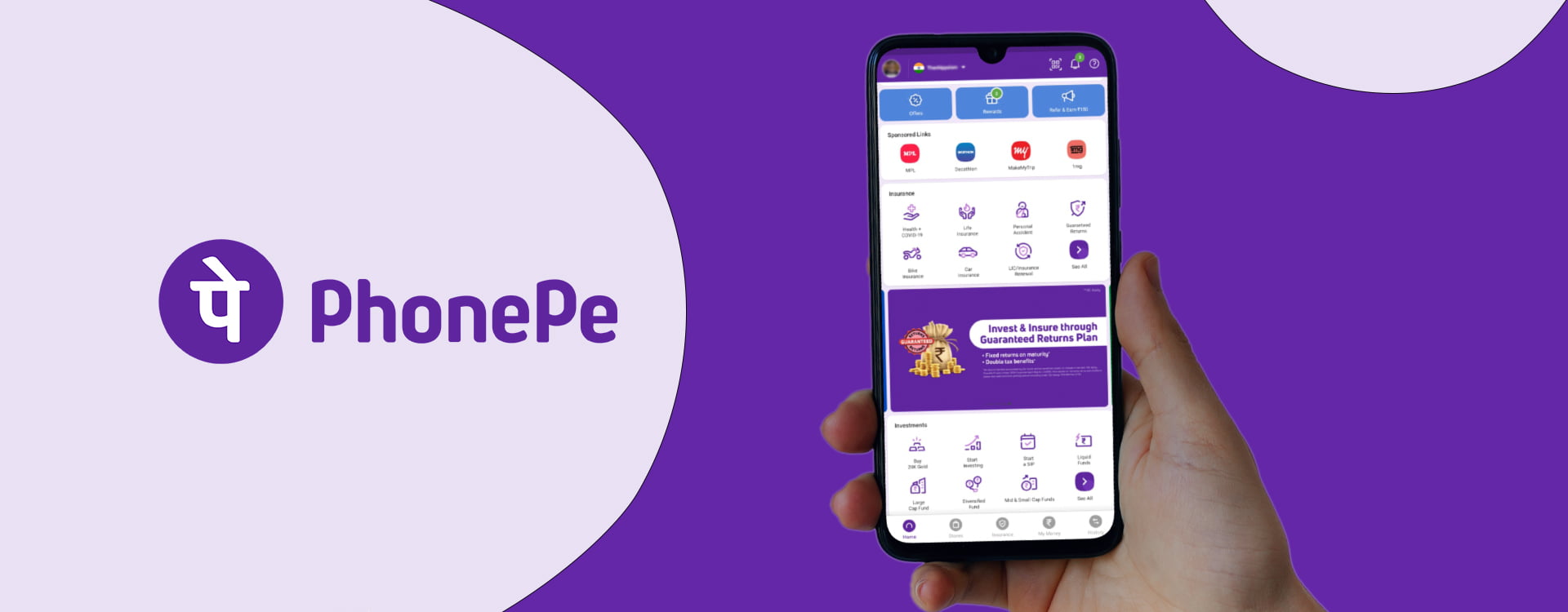
The Great Place to Work Institute recently named PhonePe, India’s premier digital payments platform, as one of the country’s top workplaces in the Technology sector
The survey, which is based on employee feedback and involves a rigorous assessment procedure by the Great Place to Work Institute, is India’s largest annual study of workplace performance. The ‘Gold Standard’ in workplace culture assessment and recognition is the Great Place to Work designation.
The Great Place to Work Institute received more than 800 applications for the assessment this year, making it the largest study in the field of workplace recognition. The research found the top places to work in more than 20 industries. Great Place to Work evaluated nearly 200 companies in the IT industry and named PhonePe one of India’s finest workplaces.
“We are happy to be ranked among India’s top workplaces,” stated Manmeet Sandhu, PhonePe’s Chief People Officer, in response to the news. From day one, we seek to give employees a rich learning environment in which they may tackle a range of business problems. Employees can comprehend the larger organisational context thanks to our flat structure and cross-functional pods, which empowers them to own a wide range of solutions.
People can tackle various large-scale and very complicated challenges due to the scale and speed of expansion. We build payment solutions that positively impact the lives of hundreds of millions of Indians at PhonePe. We’ve been able to accelerate our expansion by attracting and retaining the top personnel in the country. To establish a great organisation and provide rewarding careers for our employees, we will continue to invest in our people and culture.”
PhonePe is committed to providing a thriving, dynamic work environment where its workers can excel and thrive. The organisation has created many programmes for individual learning and development, as well as hosting fortnightly learning sessions where employees exchange their knowledge and abilities with their coworkers on a variety of topics that are not limited to their line of work (ranging from new technology to painting, from presentation skills to make your own aquarium).
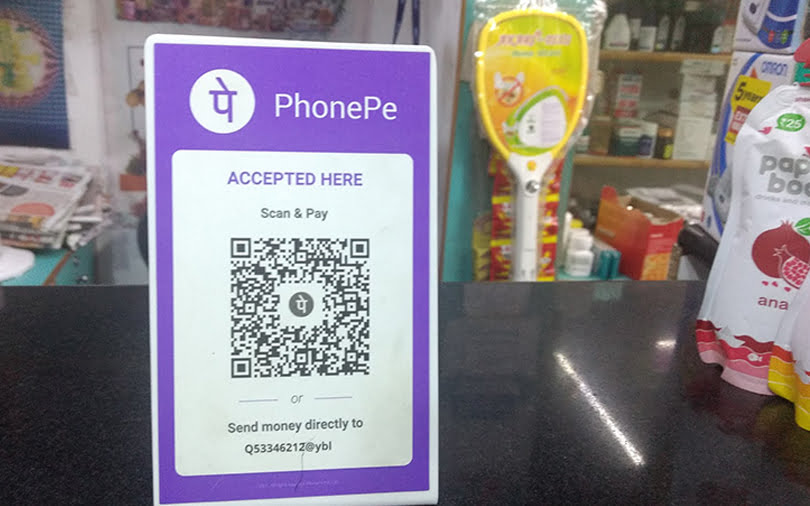
How PhonePe uses Technology on its road to success
Almost everyone has an app on their phone that allows us to do online transactions. In recent years, the growth of technology has been intriguing. Our lives have changed and will continue to alter as new tools are introduced. Our reliance on technology is growing, which is natural, given that the human brain powers it. Technology has come to the rescue at this unusual moment. E-commerce, remote working, online schooling, digital payments, and other innovations have been made feasible by technology breakthroughs.
If there’s one thing that’s changing quickly and on a large scale during this pandemic-induced lockdown, it’s the way people are flocking to digital commerce. The popularity of digital wallet platforms is increasing.
PhonePe is an example of a digital wallet platform. It is a service that almost everyone has heard of, if not utilised. It’s one of those programmes that helps us with online purchases while also providing us with various other features. It is difficult, but not impossible, to earn popularity and achieve success in today’s world. The road to success is easy to travel if you work hard and wise at the same time. Paytm was already well-established when PhonePe joined the market. Even though the founders saw it as a challenge and worked tirelessly to compete with Paytm, PhonePe has now surpassed Paytm in terms of customer base.
So, in this article, we’ll look at PhonePe’s history and the role of technology in it. We’ll try to look at everything and figure out how things have changed for PhonePe over time. First, we should consider the concept and brains behind the creation of this app.
PhonePe’s Recognition and small innovations
PhonePe has always been forward-thinking. In October 2017, one such breakthrough arrived in the form of low-cost POS equipment manufactured in India. The Bluetooth POS device resembles a calculator and is powered by AA batteries. The hardware connects through Bluetooth and allows payments to be made on any mobile device that can access the PhonePe app. PhonePe added a chat option to its app in February of this year, allowing users to send and receive conversations while transferring money. In January 2020, the firm debuted the PhonePe ATM. Customers can get cash from nearby Kirana stores in real-time, thanks to the PhonePe ATM.
It has also received numerous honours and accolades. At the IAMAI India Digital Awards 2018, it was named Best Mobile Payment Product or Service Category. PhonePe was also awarded the SuperStartUp Asia Award in the same year. At the 8th Annual India Retail and e-Retail Awards 2019, PhonePe was named a winner and was also named ‘Best Mobile Payment Product or Service’ at the IAMAI’s 9th India Digital Awards 2019.
The Use of Machine Learning by PhonePe
• PhonePe is enhancing its user experience using Machine Learning. The machine learning platform is led by the data science team, which works on models in Python.
• ML flow, Spark, and Apache are used in the compute layer. PhonePe employs Hbase as its major Big Data technology, which sits in the user’s path and assists them in making decisions. Other businesses, on the other hand, use Hbase for offline work.
• PhonePe uses a combination of data-driven insights and user settings to tailor the user experience. It varies depending on the user. The machine learning model learns to tailor reminders based on the feed created by the bill date and payment mode. The model self learns with each transaction spike.
For example, a mix of machine learning and data science infers the bill and the due date at which the user’s reminder is set for credit card bill payback or electricity bill repayment. The ML models can make more accurate suggestions with the help of such references. This information is then utilised to keep track of user spending and prevent them from missing any payment deadlines. If consumers do not wish to receive these reminders, they can opt-out.
• PhonePe is utilising Machine Learning to help its users and partners convert at a higher rate. Users’ best feasible action on the PhonePe is determined using Machine Learning. Several brands sell products in numerous categories such as travel, food, lifestyle, money management, and so on in the ‘In-App’ section. The next-best action is predicted based on user behaviour, transaction patterns, preferences, and purchase filtering. After that, personally chosen offers are tossed at them, enticing them to take advantage of them. As a result, both users and partners have experienced higher conversion rates.
So, these were some of PhonePe’s Machine Learning applications. It’s used to improve the user experience, boost conversion rates, and more. PhonePe’s Chief Technology Officer, Rahul Chari, is proud of the company’s advancements. In an exclusive interview with Express Computer, he remarked about it,
“When we build something at PhonePe, we don’t build it as a feature. We look at the underlying capabilities that can fuel a feature and how we can construct it more generically in the future, allowing it to unleash even more value. Another focus has been on data-driven intelligence investments. We have one of the greatest analytics teams in the industry, and we place a strong emphasis on data-driven decision making.
Our data science teams also invest in numerous models that underpin our risk and fraud detection system, promotions platform, and customer relationship management system. We believe that customers should have a personalised experience and should not be bombarded with too much information, and data intelligence can help us achieve this.”
– Rahul Chari, Chief Technology Officer, PhonePe
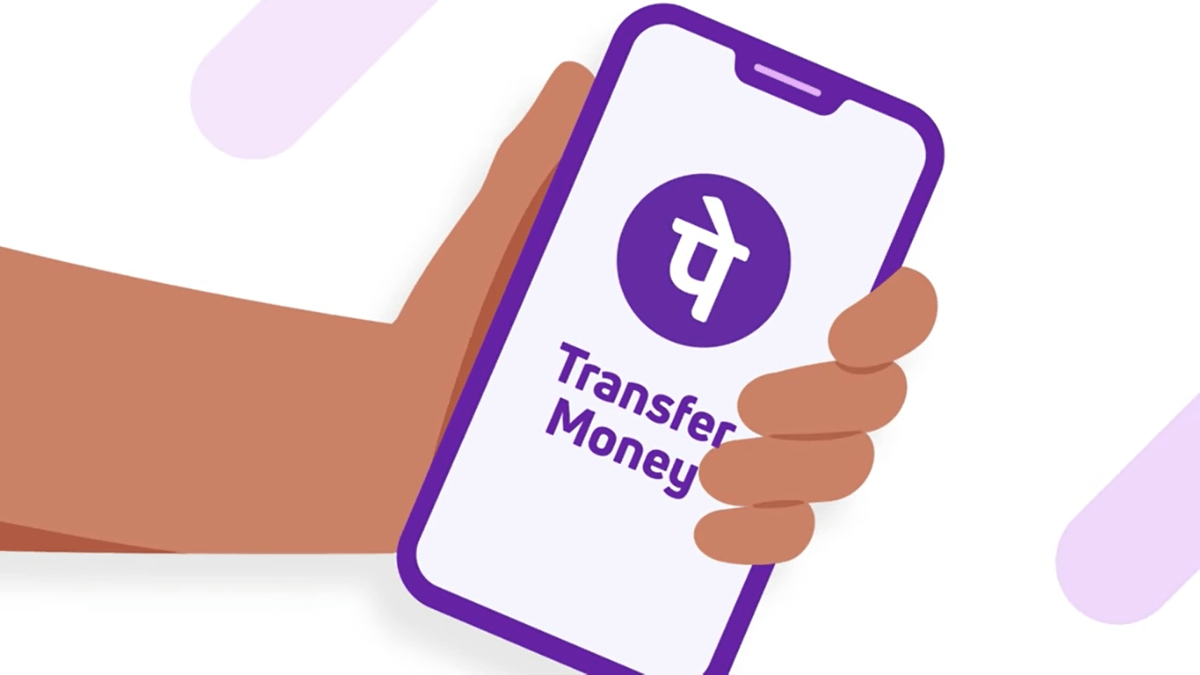
PhonePe Continues to Take on the Competition in UPI App Ecosystem With Over 46 Percent Share: NPCI
According to data issued by the National Payments Corporation of India, PhonePe has maintained its dominance in India’s Unified Payments Interface (UPI) app ecosystem, increasing its market share to 46.04 per cent in June 2021. (NPCI). In terms of transactional volume of all 50 applications, the Walmart-owned platform increased its stake by 0.77 per cent from 45.28 per cent in May. (resulting 2,807.51 million transactions). Due to the rise of PhonePe, Google Pay has been forced to remain in second place, which it first received in December after losing its lead to PhonePe.
According to NPCI data, PhonePe processed 1,292.71 million transactions worth Rs. 2,62,565.88 crores in June 2017 , up 142.87 million from 1,149.84 million transactions worth Rs. 2,34,123.57 crores in May. With the increase in transaction volume, the platform was able to maintain its advantage and widen the distance for Google Pay.
In comparison to PhonePe, Google Pay’s market share fell by 0.04 per cent in June, falling to 34.63 per cent from 34.67 per cent in May 2021. According to NPCI data, the Google platform initiated 972.26 million transactions for Rs. 2,07,287.73 crores in May 2021, up 91.67 million from the previous month’s 880.59 million transactions at Rs. 1,87,136.95 crores.
With 326.53 million customer-initiated transactions worth Rs. 40,614.09 crores, Paytm Payments Bank, finished third. Its market share increased by 0.18 per cent to 11.63 per cent, up from 11.45 per cent the month before.
Amazon Pay came in fourth place after Paytm Payments Bank, with 51.34 million transactions worth Rs. 4,814.74 crores. The government’s BHIM UPI app and Yes Bank’s app landed in fifth and sixth place. Yes, Bank had a 24.72 per cent market share with Rs. 5,227.04 crores in transactions, while BHIM had a 22.84 per cent market share with Rs. 7,319.77 crores in transactions.
Conclusion
PhonePe has come a long way since its initial introduction in 2015. It has had an intriguing journey from its beginnings as a digital wallet platform to becoming the industry leader in UPI transactions.
Other than a digital wallet, PhonePe provides a wide range of services. It uses the Unified Interface System to allow users to trade money online (UPI). Users can also use it to recharge their mobile phones, DTH, data cards, pay utility bills, purchase tickets, and access various other services. Italso offers a specialised slot called PhonePe Switch, which allows customers to access many platforms and e-services all in one spot.
PhonePe has developed steadily over the years, and technology has played a significant role in that growth.
PhonePe effectively employs Machine Learning and other technologies. They employ machine learning to improve the user experience by personalising it. It uses machine learning to increase conversions for both its partners and users. Machine Learning also predicts the optimum course of action. PhonePe uses this technology to present tailored deals to its users and encourage them to take advantage of them.
As a result, PhonePe serves as an excellent example for us to demonstrate how technology has made things simpler and more efficient and it faces stiff competition from other digital wallet services such as Paytm and Google Pay, but it has managed to stay ahead by utilising technology effectively.




